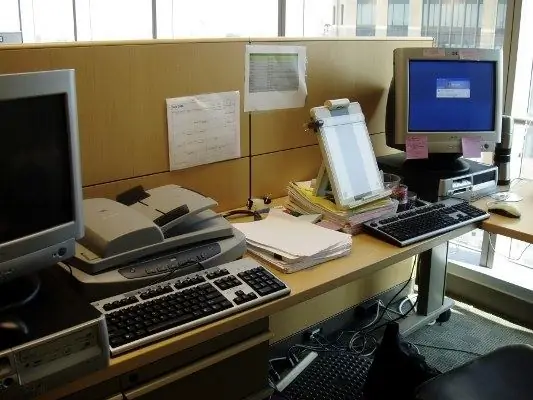Scanning one or two documents is usually straightforward for users. But in the event that you need to copy a multi-page document, to quickly complete the job, you must correctly set up the scanning procedure.

Instructions
Step 1
When working with a conventional flatbed scanner, the scanning procedure consists of several steps. After turning on and warming up the scanner, you put the first document in it, set the scanning options - color (or lack thereof), resolution. Next comes the preview operation, during which the document is scanned at a low resolution.
Step 2
After completing the preview, you set the boundaries of the future scan by dragging them with the mouse. Run the main scan, you get the finished scan. You put a second document in the scanner, and everything starts again …
Step 3
Is it possible to somehow speed up this process? Yes, if you are going to scan documents of the same size. In this case, once you set the boundaries and scan the document, you simply load the next document into the scanner and press the scan button, skipping the preview procedure. Since the documents have the same format, their borders coincide, and you get a fairly high-quality scan. By eliminating previews from the scanning process, you can save a lot of time.
Step 4
The settings also affect the scanning speed. For the vast majority of documents and books, a resolution of 300 or even 200 dpi is sufficient. The lower the resolution used, the faster the scanning process is. Don't use color scanning where you don't need it. If you are scanning text only, the black and white scan mode is suitable for maximum contrast. When scanning a document with a background pattern, such as a passport, select the grayscale mode.
Step 5
The actual scanning is carried out in one stroke of the scanning head. Its reverse motion is idle, it simply returns to its original position. This means that the return time should also be used. Change the scanned documents on the return stroke of the scanner head, this will allow you to reduce the total operating time by about a third.






